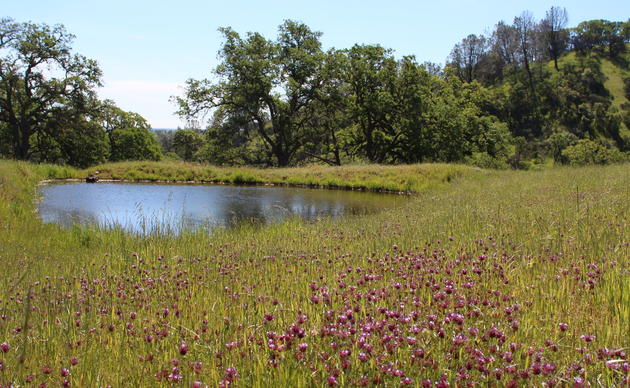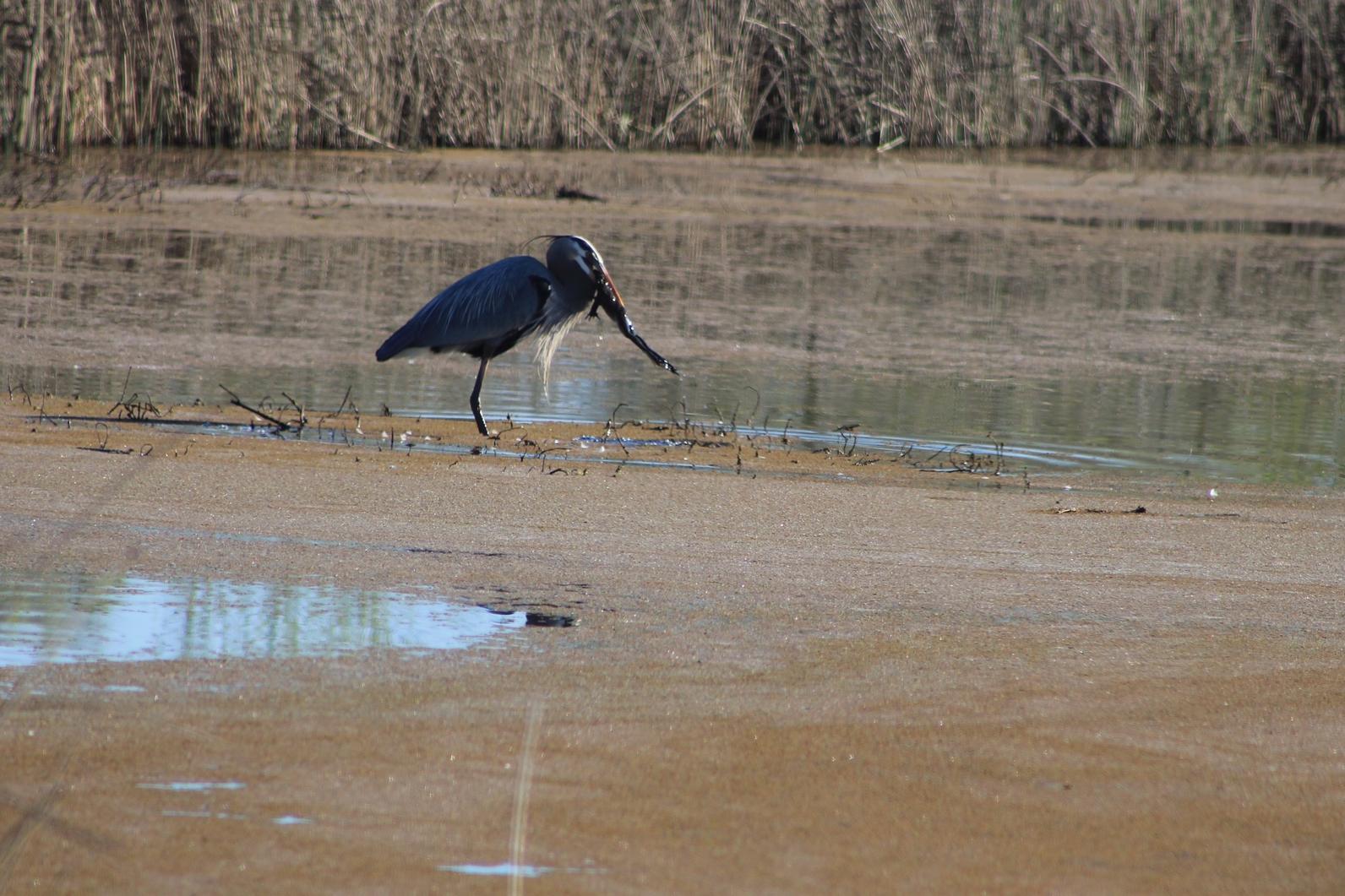
Moving from the water-rich Great Lakes region to Northeastern California in the midst of a severe drought was an interesting experience, to say the least. The accessibility and diversity of California’s flora and fauna were major reasons why we moved, well that and an aversion to sub-zero winters. Upon our arrival in January 2014, my partner Derek and I eagerly joined our local Audubon chapter (Altacal Audubon Society), dove into learning about our new community, and enjoyed the unseasonably warm winter.
As each month passed by, our fellow Northern Californians grew more and more worried and vocal about the severity of the drought, its possible repercussions, and hopes for a ‘miracle’ March…then April and then May. By the time summer rolled around, hopes were dashed and conservation was on the mind and at the forefront of most conversations.
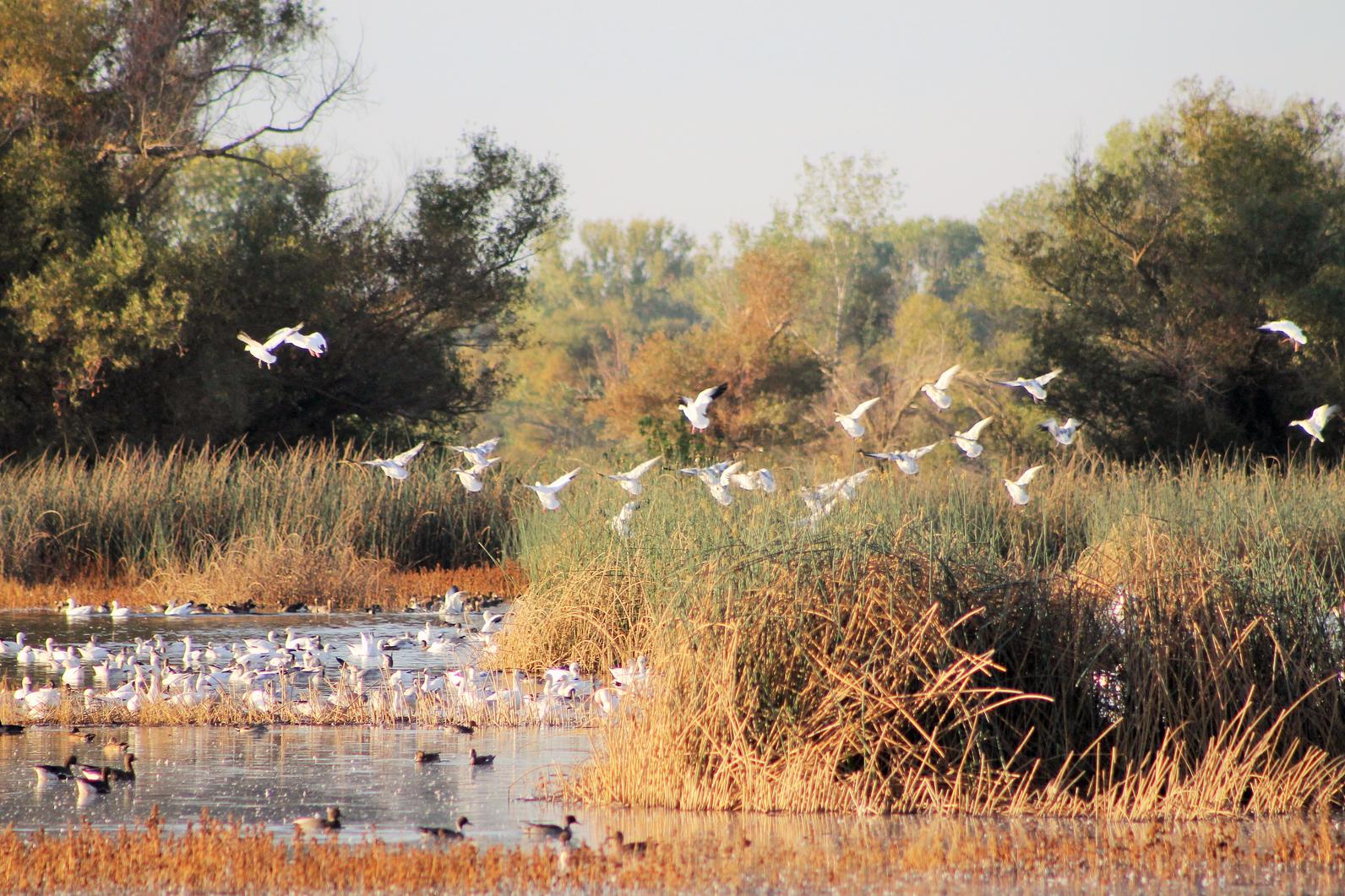
Through Altacal, I jumped at opportunities to get involved in local, conservation projects, including the pilot Pacific Flyway drought-monitoring project in collaboration with Audubon California, Point Blue Bird Observatory, California Department of Fish and Wildlife, and other Audubon chapters. I was drawn to the drought-monitoring project because I wanted to continue my crash-course in California watersheds systems and to see first-hand how the drought was affecting wildlife.
From October to March 2014, myself and other Altacal volunteers surveyed waterfowl, shorebirds, and raptors at Gray Lodge Wildlife Area in Gridley, CA, which is located in the southern tip of Butte County. Twice a month, we would visit the same survey points and document the number of target species, level and quality of water and vegetation, as well as other indicators. Our notes would be reported back to Audubon California. After a hot summer and rainless winter, the landscape at Gray Lodge was dominated by shades of sunbaked beiges, browns, oranges, and reds. Though some areas had been managed to maintain wetland habitat and feeding ponds for the millions of visiting waterfowl, others bore deeply cracked, desiccated mud and parched vegetation that was marred by the heat and lack of rain.
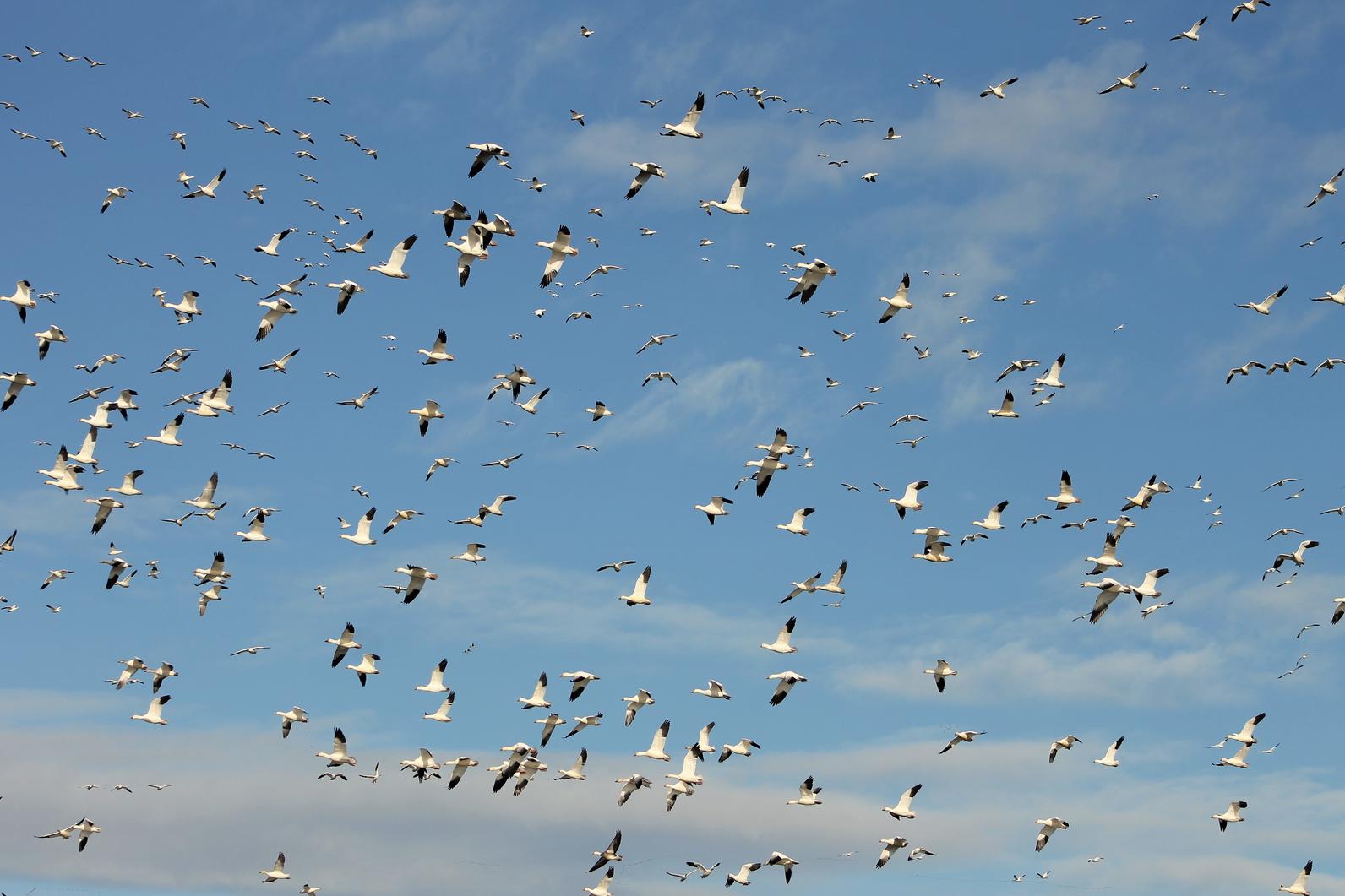
The millions of waterfowl and shorebirds that have called the California Central Valley home during winter for centuries returned to find low water levels and crowded wetlands. The scorched terrain did not deter wintering birds who filled every inch of open habitat that Gray Lodge had to offer. The lack of wetland habitat and resulting density also affected available food resources. Wintering grounds are often considered the most critical/delicate habitats for migratory species since the growing season has past and food sources are finite.
We scoured the refuge for any sign of avian botulism or cholera outbreaks, which are known to favor over-crowded wetlands that are short on water and food. Thankfully, the closest we got to observing sick birds was an errant batch of duck decoys. The 2014-2015 winter did not bring much rain, and what little it did bring was long gone by spring when the visiting birds returned to their summering grounds leaving behind heavily foraged, sepia wetlands.
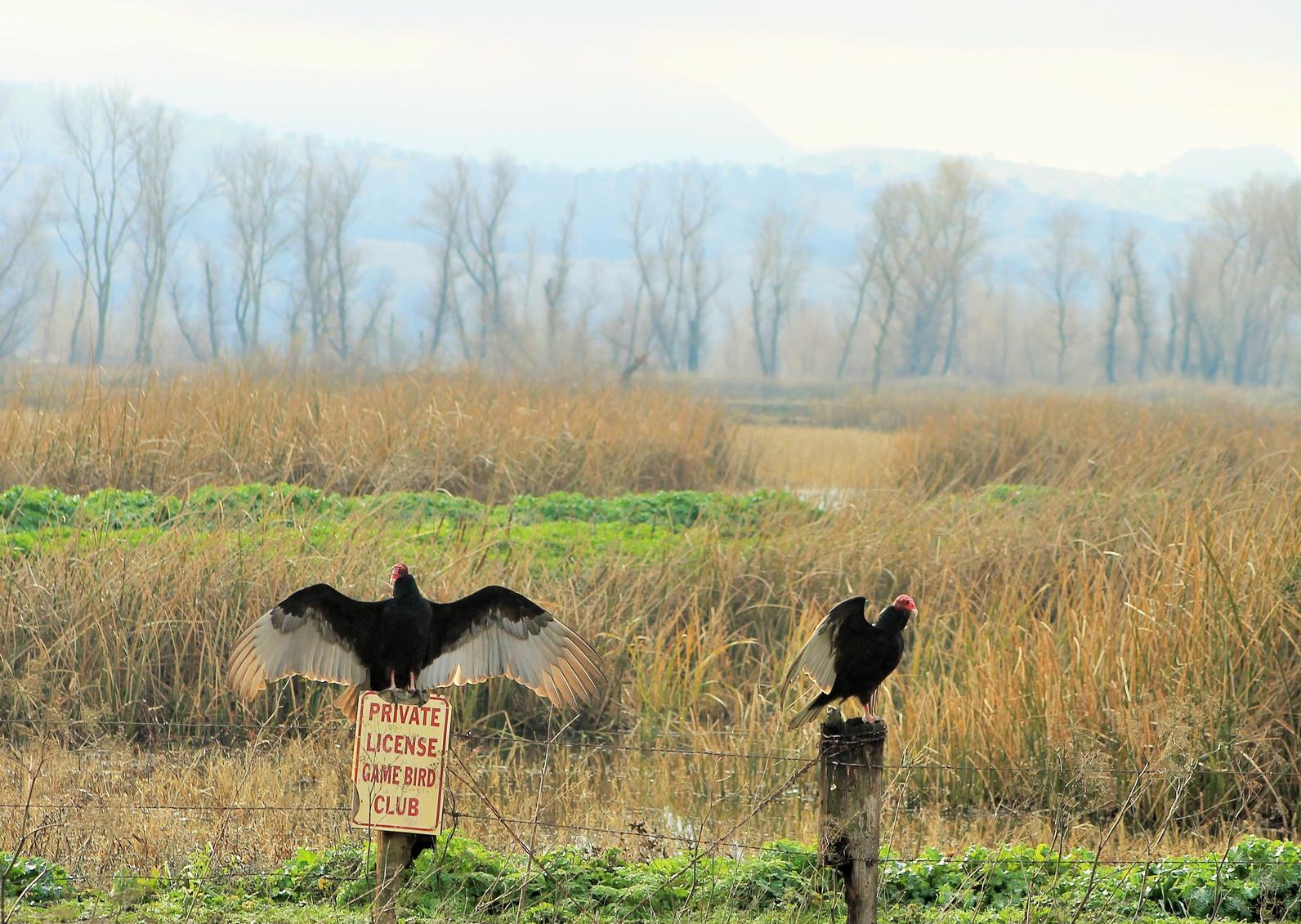
Another long, hot summer followed and the wintering waterfowl and shorebirds once again returned to sun-cooked wetlands of the northern Central Valley in the fall of 2015. Though El Nino did not end the drought, it did bring some much needed precipitation and relief, and created a lot more available wetland habitat throughout the region. Not only was there more water/ ponds, but also more resources available as surrounding vegetation finally received a long-awaited drink.
The 2015-2016 drought-monitoring season gave our visiting birds a much better and wetter winter habitat this year, which will hopefully lead to a very productive summer breeding season. We will have to wait until next season to see how good of a breeding season is had and what the weather has in store for us. It is significantly better to see the wintering birds have more water, habitat and resources this year, yet the most vivid memory I have from my first California drought is the almost deafening cacophony of wintering waterfowl jam-packed into Gray Lodge Wildlife Area from that first drought-monitoring season.
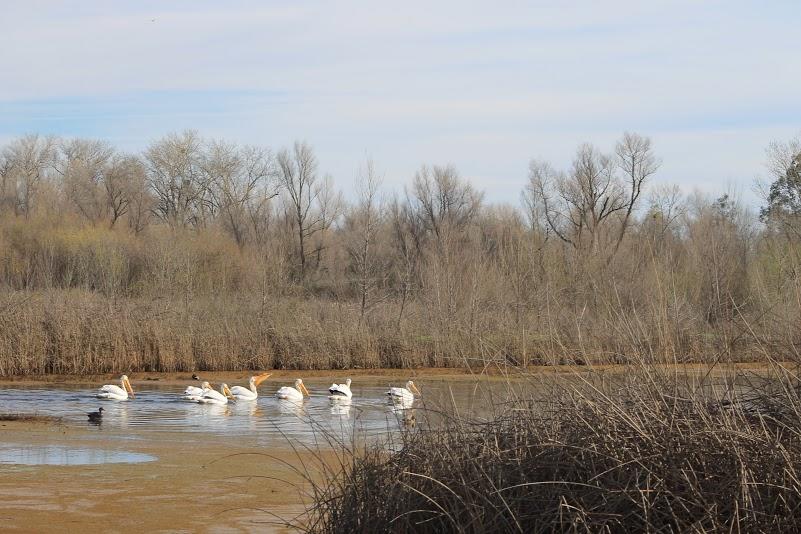
Audubon California's Drought Monitoring Project is suppored by the Packard Foundation and PG&E. We thank them for their gracious support!
By Desiree Loggins
Support Bobcat Ranch
Your gift supports our work to develop & promote bird-friendly cattle ranching practices in CA and to protect and restore native grassland habitat for birds.

